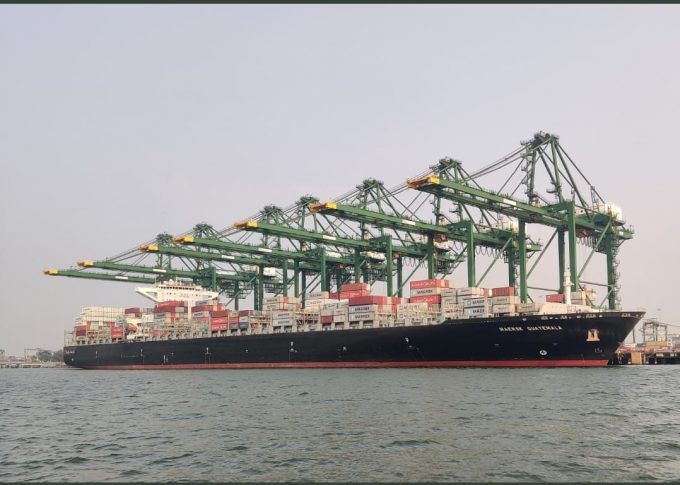X-press Pearl parties ordered to pay $1bn damages
In May 2021, cargo ship X-press Pearl carrying chemicals caught fire off the coast of ...

The first round of a $500-per-box general rate increase (GRI) on 29 March for India-US shipments has paid no dividends for ocean carriers, according to industry sources.
Nearly three weeks on, average rates on the largest tradelane for India by value have not only not risen, ...

Comment on this article